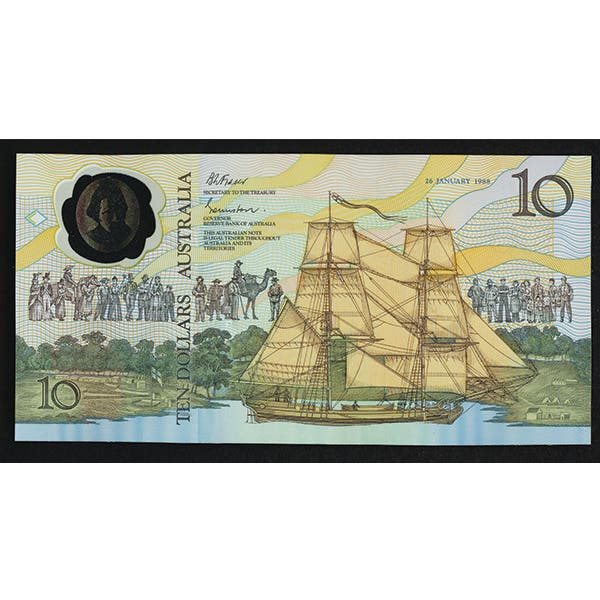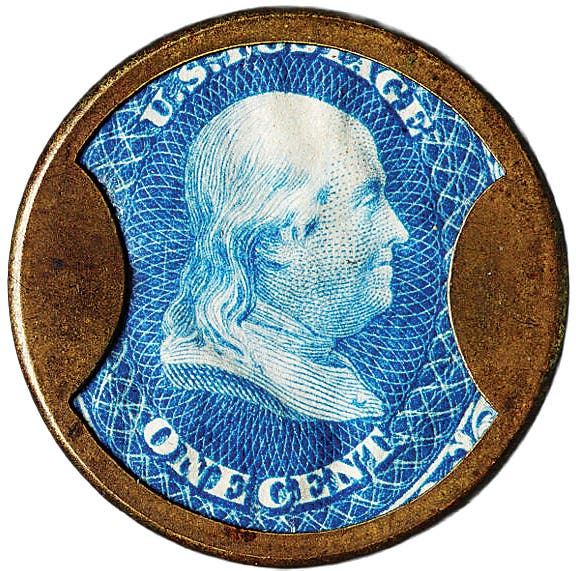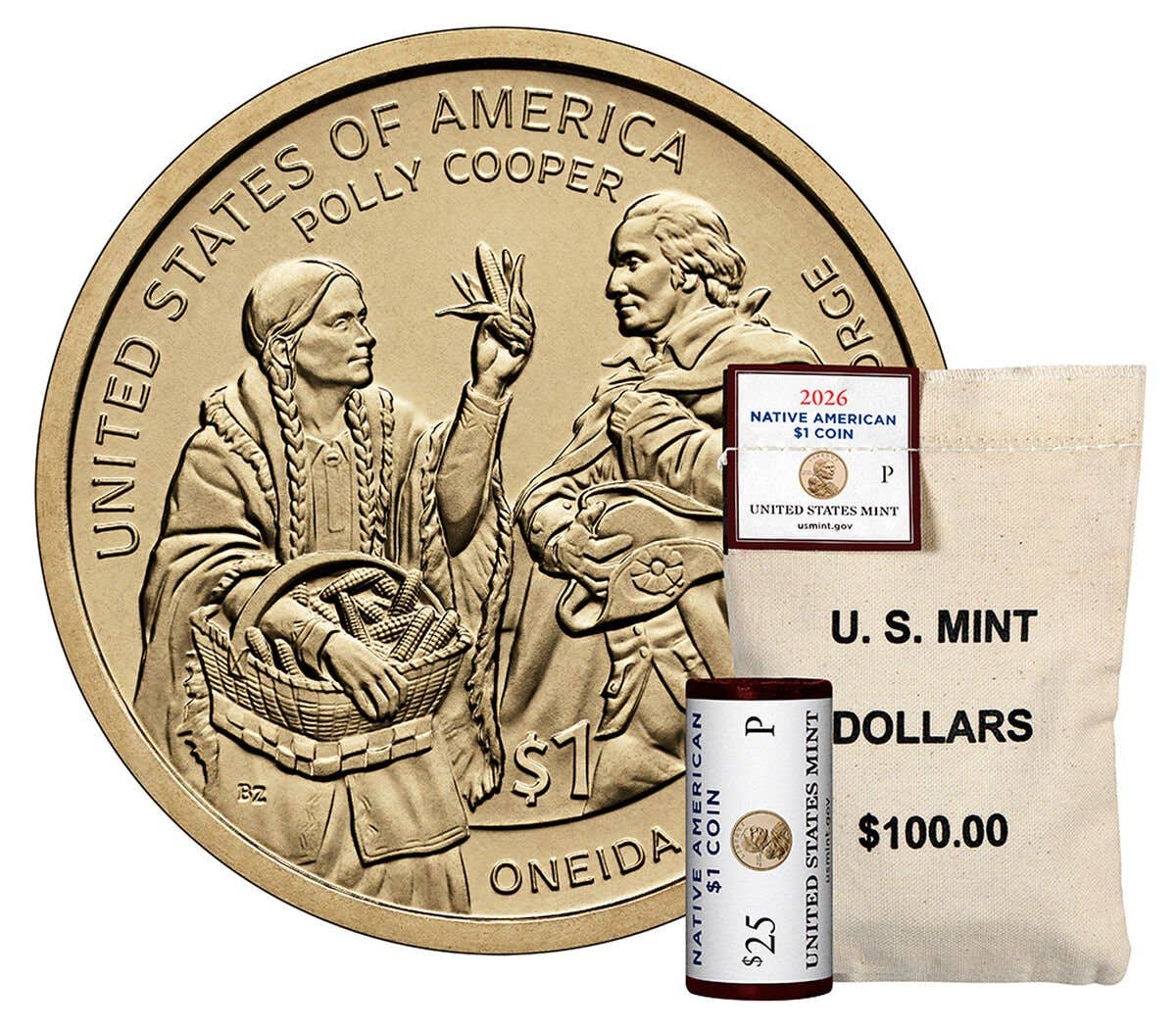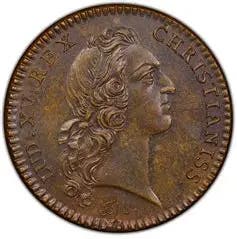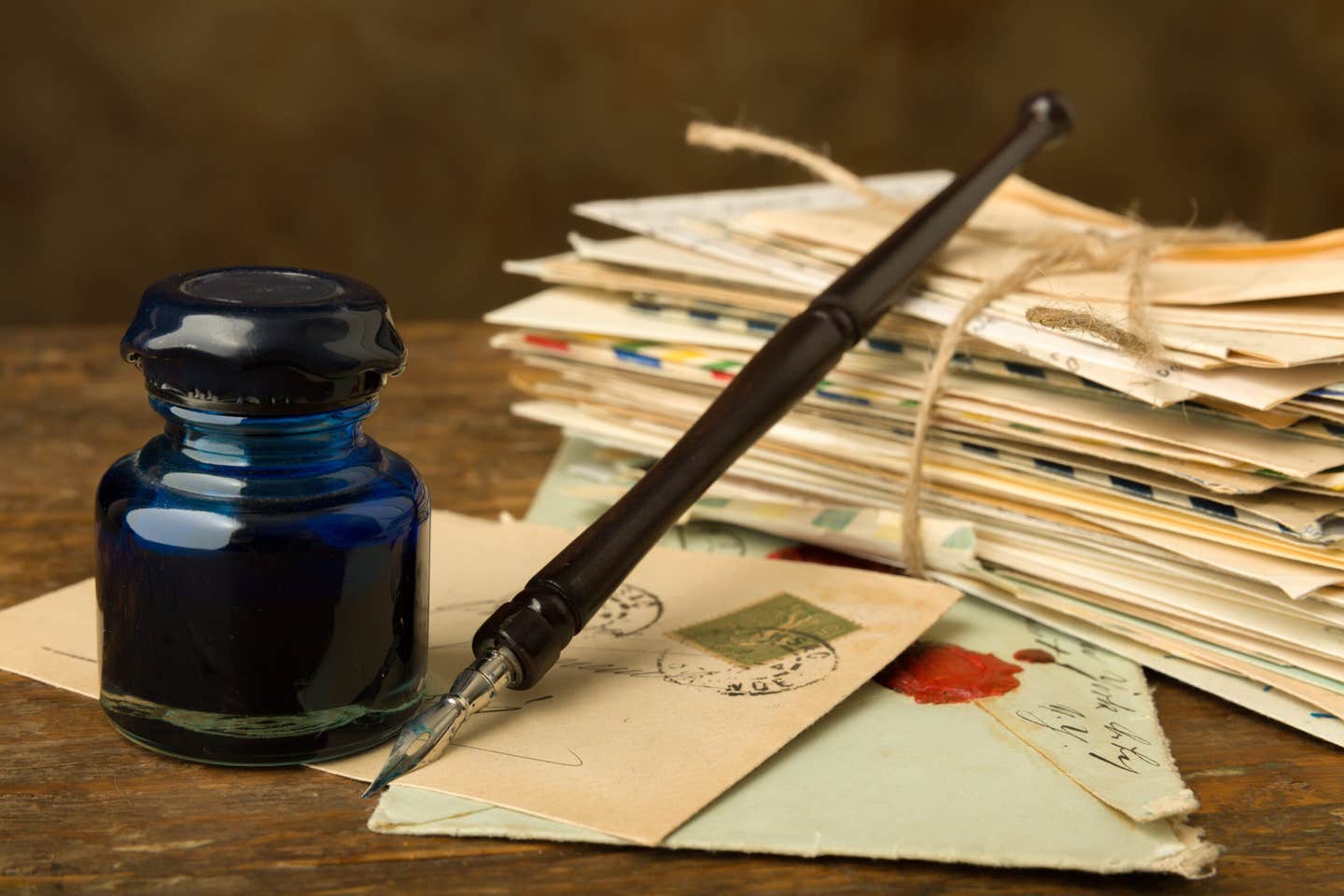Franklin has buck teeth on ‘Bugs Bunny’ half
What is meant by a “Bugs Bunny” half dollar? “Bugs Bunny” is a nickname or slang term for a die clash that appears across Benjamin Franklin’s mouth on the half…
What is meant by a “Bugs Bunny” half dollar?
“Bugs Bunny” is a nickname or slang term for a die clash that appears across Benjamin Franklin’s mouth on the half dollars, giving him the appearance of having buck teeth. The die clash is damage to the die from its hitting the opposing die without a planchet between them. This damage from the reverse design is then transferred onto the struck coins. Even less well known is that examples of the die clash are readily found for other dates and mints, but the 1955 got all the publicity and glory.
Please explain the method of applying the “rolled” edge to the 1907 eagle $10 gold coins.
The coins have a beveled edge rather than the square-cornered edge with wire rim found on other gold coins. The difference is due only to the different shape of the die surface. “Rolled” is a misnomer, although over the years many attempts have been made to alter (other denomination) coins by actually rolling them through a die to round the edge.
Is there such a thing as a “double struck” mintmark?
Whole coins are struck by the dies, but individual parts of the design, such as the mintmark, cannot be separately “double struck.”
What’s the “reverse of 1838-O” referred to in charts for the 1839-O dime?
I’d answered this question several times in the past, quoting Kamal Ahwash as to the 1838-O die being identified by some prominent rust spots. However, Breen has the correct answer in his Encyclopedia. The mintmark used for the 1838-O reverse is a large, round “O,” while that used for the 1839-O is either a tall, narrow “O” or a small, round “O.” The “extremely rare” 1839-O dime with the 1838 reverse shows a large, round “O” that is 1.2 mm tall. The more common varieties have either a tall, narrow “O” or a small, round “O” that is only 0.8 mm tall. The rusted die is a variety of the 1838-O No Stars date.
Why is there so much stress on the “large” and “small” mintmarks on the 1945-S dimes when there are numerous other examples that are ignored?
The ’45-S dimes got all the publicity and the glory, with the nicknamed “micro S” dime. Collectors are human, and they head for the brightest lights and the loudest noise. If the other varieties had received the same amount of publicity, they would be sought after as well.
I have several coins that I bought several years ago that have tilted mintmarks and some out of the normal position (low and high, etc.) Are they worth more today?
Unless you paid face value for them, they are probably worth less, as minor tilts and mintmark locations are too common to have any collector value. If the mintmark is tilted more than 45 degrees, repunched or touches some other part of the design, then the collectors will be interested.
E-mail inquiries only. Do not send letters in the mail. Send to Giedroyc@Bright.net. Because of space limitations, we are unable to publish all questions.
This article was originally printed in Numismatic News Express. >> Subscribe today
If you like what you've read here, we invite you to visit our online bookstore to learn more about Coins Magazine.




